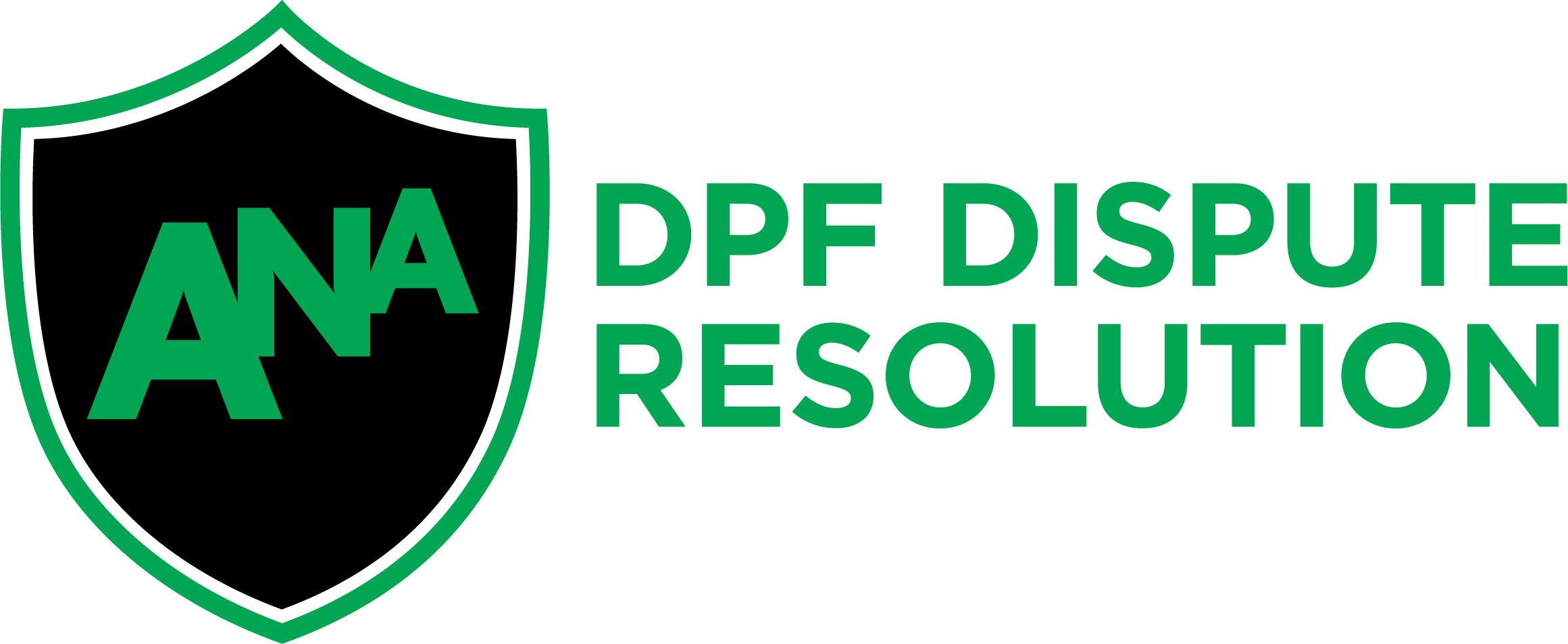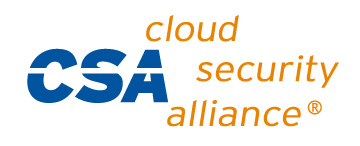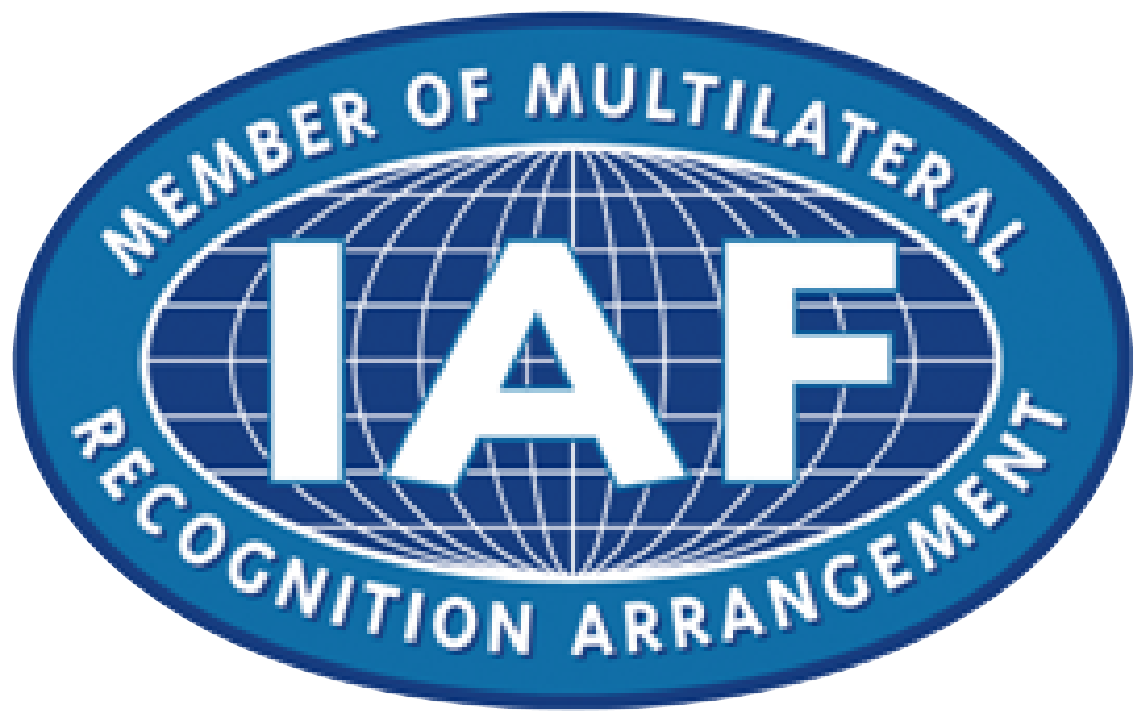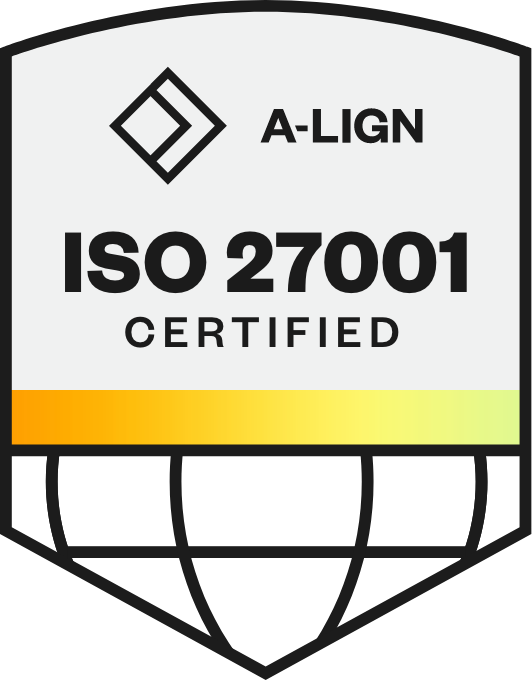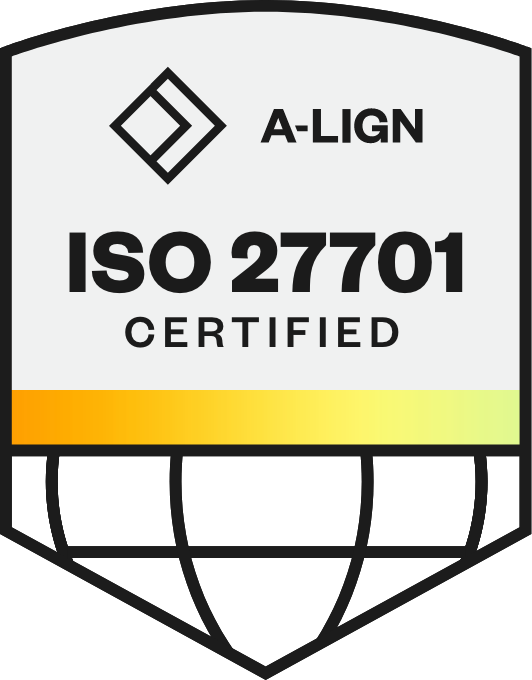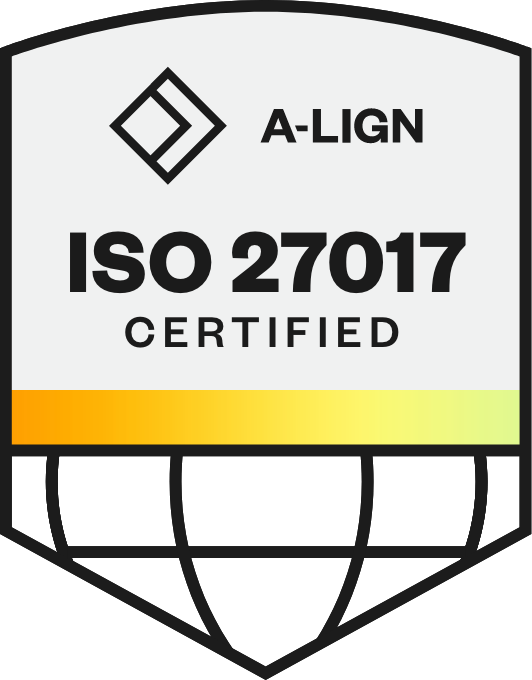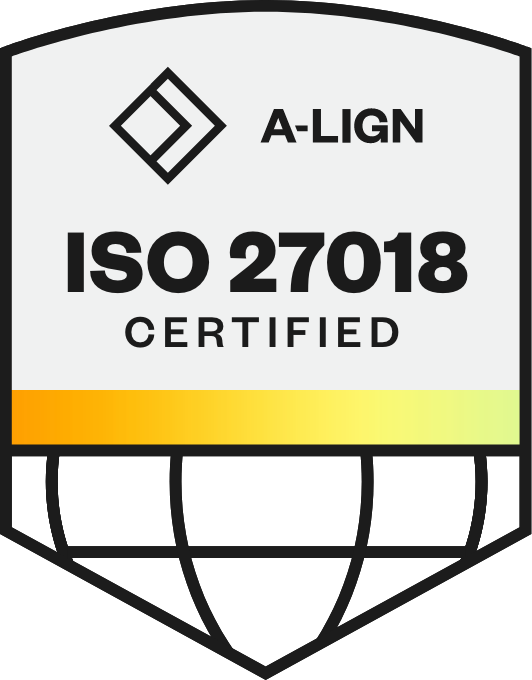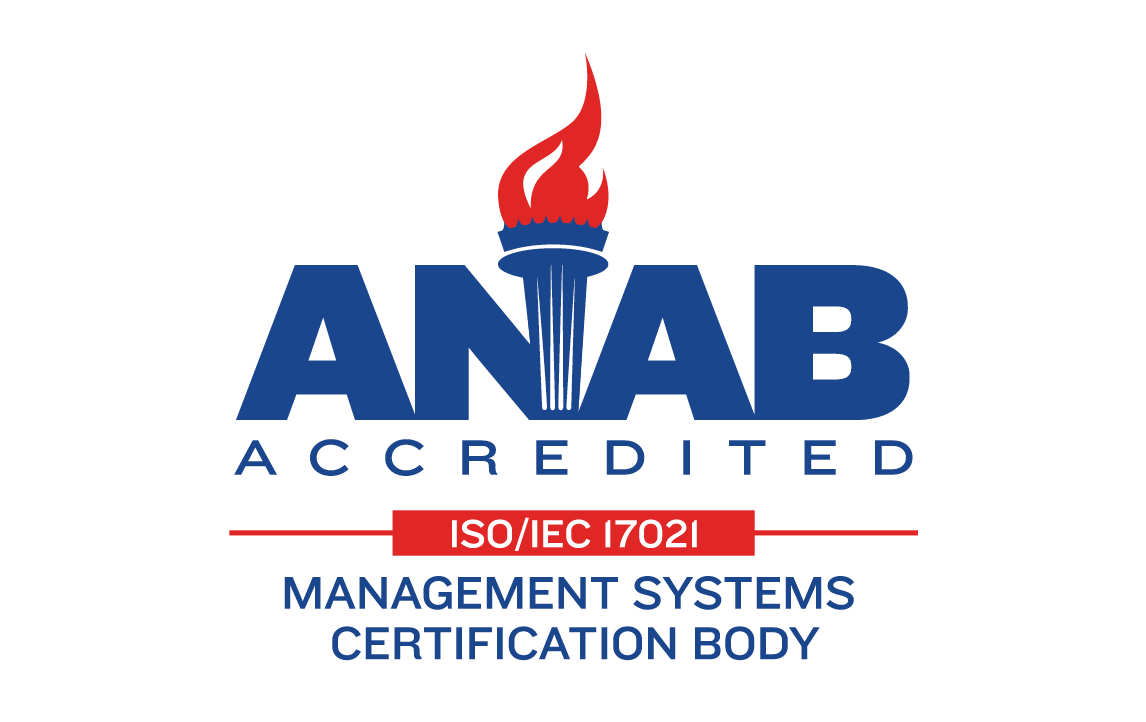
9 Ways For Recruiters to Prioritize Hiring For Diversity
Workplace diversity has become a hot-button issue and a top priority for talent acquisition and management teams, as well as hiring managers.
It's our responsibility to become the change-makers, transcending towards a phase of equality, diversity, and a more inclusive workforce. However, ensuring proper representation of employees from various backgrounds is still a work in progress. Achieving greater diversity in the workplace is not just a noble and compliance-related goal — it's highly critical for business recovery, resilience, and re-imagination.
One advantage of hiring for diversity is helping your organization stand out and thrive in an increasingly competitive talent market. Research shows that employees from different backgrounds and perspectives can contribute towards innovation, new perspectives, thought processes, and problem-solving skills. Diversity, equity & inclusion (DE&I) can also increase overall profitability:
Companies with employees from a broad range of backgrounds have been found to outperform firms with a less diverse workforce.
By attracting and retaining a diverse range of employees, businesses can identify opportunities and explore new solutions.
Highly inclusive organizations generate 2.3x more cash flow per employee, 1.4x more revenue, and are 120% more capable of meeting financial targets. Inclusivity = Revenue.
The success of diversity hiring requires a holistic approach from recruiters, TA teams, and hiring managers. Here are 9 strategies that you can introduce, or refine, to hire a fully representational workforce.
1. Attract diverse talent pools
Your job listings can make or break diversity hiring. This is the very first step where you can introduce hiring towards diversity in a full-fledged manner. Here are some tips on how to optimize your job listing to attract a more diverse talent pool:
Review the job qualifications and audit job ads
Take a second look at your education requirements
Analyze word choice
Avoid jargon or colloquial language
Stay away from gendered pronouns
Use diverse channels to market your job ads
Add terms like “ERG” or “employee resource groups” to your search strings
Add diversity-focused networks (for example “Hispanic,” “disabilities,” “women in IT,” or “LGBTQ+”)
If you’re already hiring from a diverse pool, consider if there are ways to optimize your efforts. We recommend assessing your current strategy by asking the following questions:
What are the strengths of my diversity hiring?
How to attract more diverse candidates?
What are the challenges in my diversity hiring?
For more ideas and strategies, read The Definitive Guide to Diversity & Inclusion for HR.
2. Highlight diversity on your career site
When a candidate wants to apply for a particular role, one of the first places they will go is your career site.
This gives them insight into open jobs within your company, as well as a window into your company culture. During the job hunt, many candidates will look for attributes, values, and environments that resonate with them. As you work towards representing your employer brand to prospective employees through content on your career site, be sure to also communicate how much your company emphasizes diversity.
The following strategies can come in handy to put the spotlight on diversity:
Share the ways your organization is dedicated towards DE&I, including any initiatives and strategies that have been implemented
Showcase your team’s efforts toward hiring for diversity, such as stories from recently hired employees
Include a statement from your CEO and/or leadership team to reflect that your company’s commitment to DE&I comes from the top down
3. Educate recruiters to reduce bias
Whenever candidates are screened for interviews, criteria such as their prior company, their school, or their region, often decrease the diversity of the candidate pipeline.
Most of the time, biases stem from familiarity. But could you be biased without even knowing?
Studies say that this can often be the case. Here's one example: According to a study by the Proceedings of the National Academy of Sciences, hiring managers, whether female or male, suggest that male candidates are more competent and hirable than identical female candidates for STEM positions.
The reality is that biased hiring can be in the form of either conscious bias or unconscious bias. Strengthening diversity at your workplace means helping recruiters and hiring managers understand common biases that may influence their decisions throughout the hiring process. Training and knowledge guides can be strong influencers to help them understand the 101s of biases that affect recruiting.
4. Build a diverse interview team
Tackling the question of bias among your interviewers is just one step in the process of building a more diverse and inclusive company. Once you bring in panelists who are diverse in nature, it can also improve the overall candidate experience. This also conveys a great deal about the company culture to your candidates.
For the most ideal interview panel, consider including people who will bring varied outlooks, and who are respectful of different cultures and characteristics. By doing so, the candidate can infer that the hiring panel represents a work experience that includes people from different backgrounds.
Candidates often perform better during interviews when they know they can be comfortable. Interviewers can shift to evaluating how suitable a candidate is based on a value system and skills, rather than measuring their cultural fit.
If diversity is the focus, interviewers can also take diversity training to ensure equal access to opportunities. Following fair employment practices sets a precedent for assessing job candidates without prejudice.
5. Use an intelligent CRM to spotlight candidates based on skills
Artificial intelligence can help you tackle the conscious and unconscious bias at the very first step of sourcing and screening candidates by filtering candidates purely based on job requirements and appropriate qualifications.
One of the most impactful ways this is done? With an AI-powered CRM.
Recruiters and hiring managers can look for candidates based on their fit for the job, as well as relevant skills. It also works by highlighting ‘lookalike’ candidates who are similar to existing employees who exhibit the ideal experiences and skills.
Not only does this provide employers with a rich set of highly qualified candidates, it creates a talent pool that's uninfluenced by any other factor outside of their ability to perform the job.
6. Implement a scoring system using AI
During the interview stage, AI can identify interviewers who share diverse attributes to conduct the interviews with candidates and create a wholesome experience. Post-interview surveys also provide a safe space for candidates to score interviewers. AI can superimpose DE&I attributes over candidate and interviewer feedback to identify areas of improvement.
In some cases during an interview, hiring managers might make quick judgments that are influenced by background, culture, environment, and personal experience. To avoid this, a scoring system that uses AI can be leveraged to support the evaluation of candidate responses to specific competencies — leaving no room for error or judgment.
7. Deploy a chatbot that can be used to engage candidates and employees
There's a reason why everyone's talking about conversational chatbots — these virtual assistants are essential in growing talent pools and increasing applications by automating tedious tasks like screening and scheduling. They're also helpful in discovering best-fit candidates based on skills and experience, without the risk of bias.
Related: 5 Features to Look for in a Candidate Screening Tool
In addition to growing your talent pool and increasing applications, adding a chatbot to your employee portal can help bring visibility to internal DE&I initiatives. Chatbots can also be used to help employees get answers to questions, find internal jobs, or discover events and employee resource groups within the company.
This can be especially helpful to new hires during onboarding. They may often not be aware of certain opportunities that are available — a chatbot can act as an impartial medium for communication and queries.
During onboarding, AI can identify employees who share attributes with a new employee to create a more inclusive atmosphere. For example, it can show that an entry-level hire for your finance team interned at the same firm a senior accountant used to work for, shining light on common ground that can be a helpful icebreaker.
8. Train employees at all levels
One of the most powerful ways to help improve diversity and overcome bias in the workplace is through education. Implementing an active diversity training program for all employees (not only recruiting managers) is the first step.
This initiative will create greater awareness of diversity issues surrounding us. Not only does it encourage a healthy and respectful environment at the workplace, it also gives a sense that your company truly believes in a diverse and inclusive culture. It's not only about hiring a diverse team but reinforcing diversity as a critical success factor for the organization.
“Almost every company is going through an HR transformation due to business model changes and new skills required. Plus, employees have their own aspirations and values that influence where they work,” said our CEO & co-founder, Mahe Bayireddi. “For companies to optimize their current talent, they should provide internal opportunities and learning development courses. Enterprises need employees to align with the business demand and identify a future within the company through career pathing.”
9. Identify metrics to measure your DE&I efforts
After implementing strategies to scout for diverse candidates, how will you know if your company is progressing in diversity recruiting?
Empirical metrics will enable you to make equitable decisions throughout your hiring process. They can also provide valuable, objective guidance to help make your internal hiring processes more inclusive.
Metrics that can indicate that your D&I initiatives are impactful include:
Consistent retention levels across women and minorities
Percentage of representation in leadership positions
Percentage of underrepresented employees hired every year
Percentage of DE&I training participation levels
Business results from collaborative diverse teams vs non-diverse teams
One way to help measure DE&I performance is by designing quantitative employee engagement surveys. This can include questions like the ones below to get an understanding of how your employees feel about your efforts:
I believe management respects everyone equally
I have opportunities to learn and grow here
I know all opportunities in the company are open to anyone who is qualified
By sending these surveys, you can gain an overall understanding of whether employees feel that the organization is setting a benchmark for diversity.
DE&I should not just be viewed as a mandatory HR practice — it's a business strategy that should be embedded throughout the entire organization.
Interested in learning how Phenom can help you accomplish your DE&I goals? Get a demo with one of our talent experience experts!
Get the latest talent experience insights delivered to your inbox.
Sign up to the Phenom email list for weekly updates!



